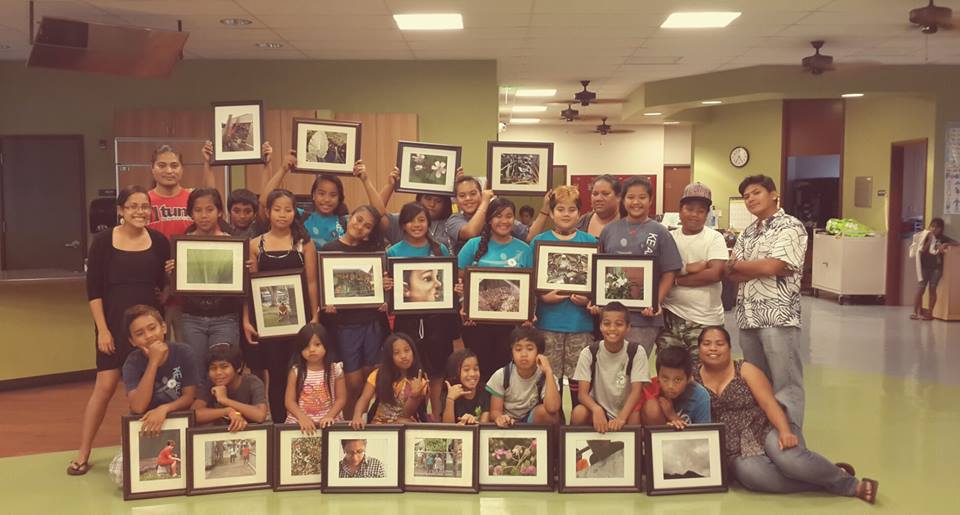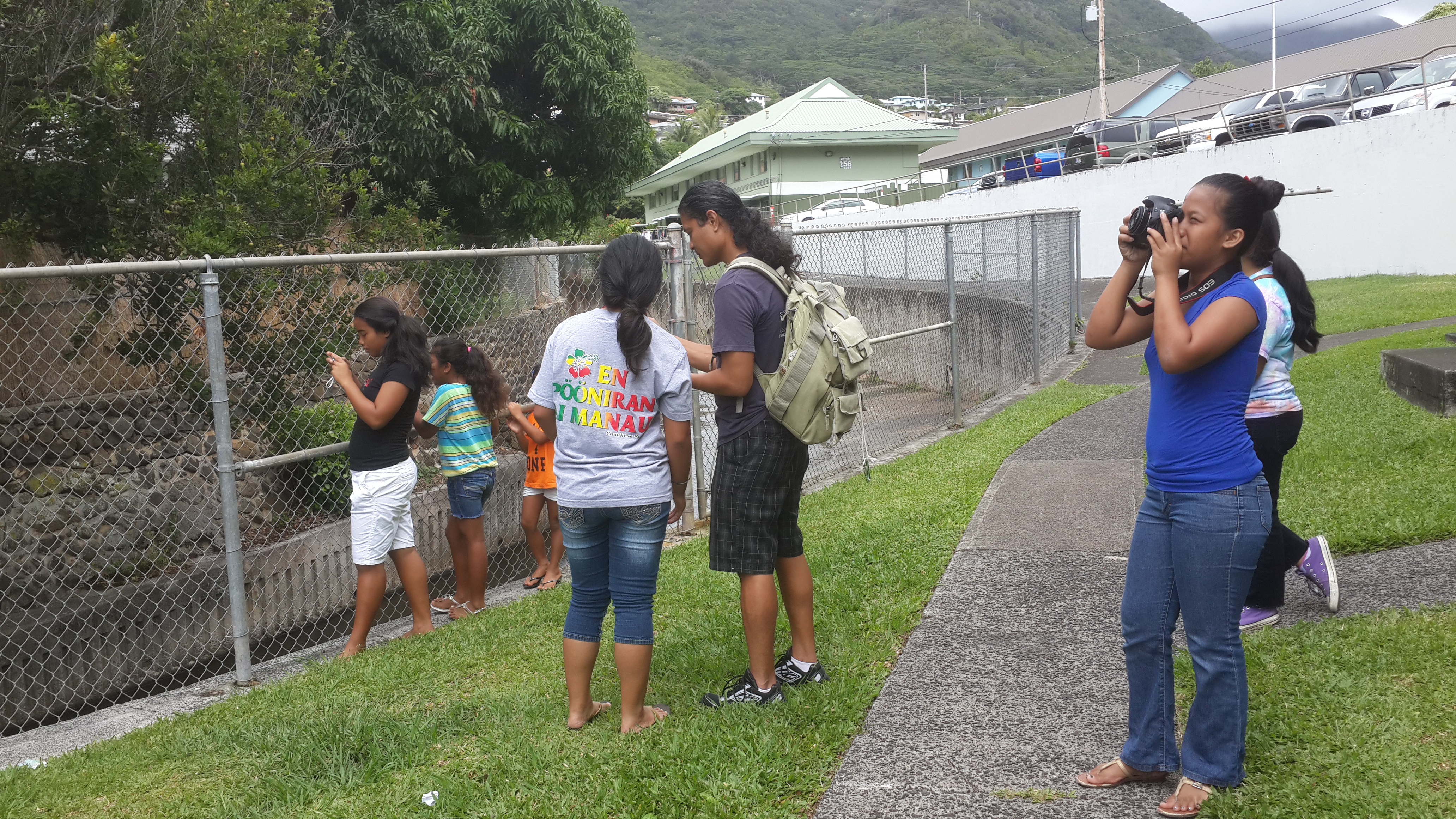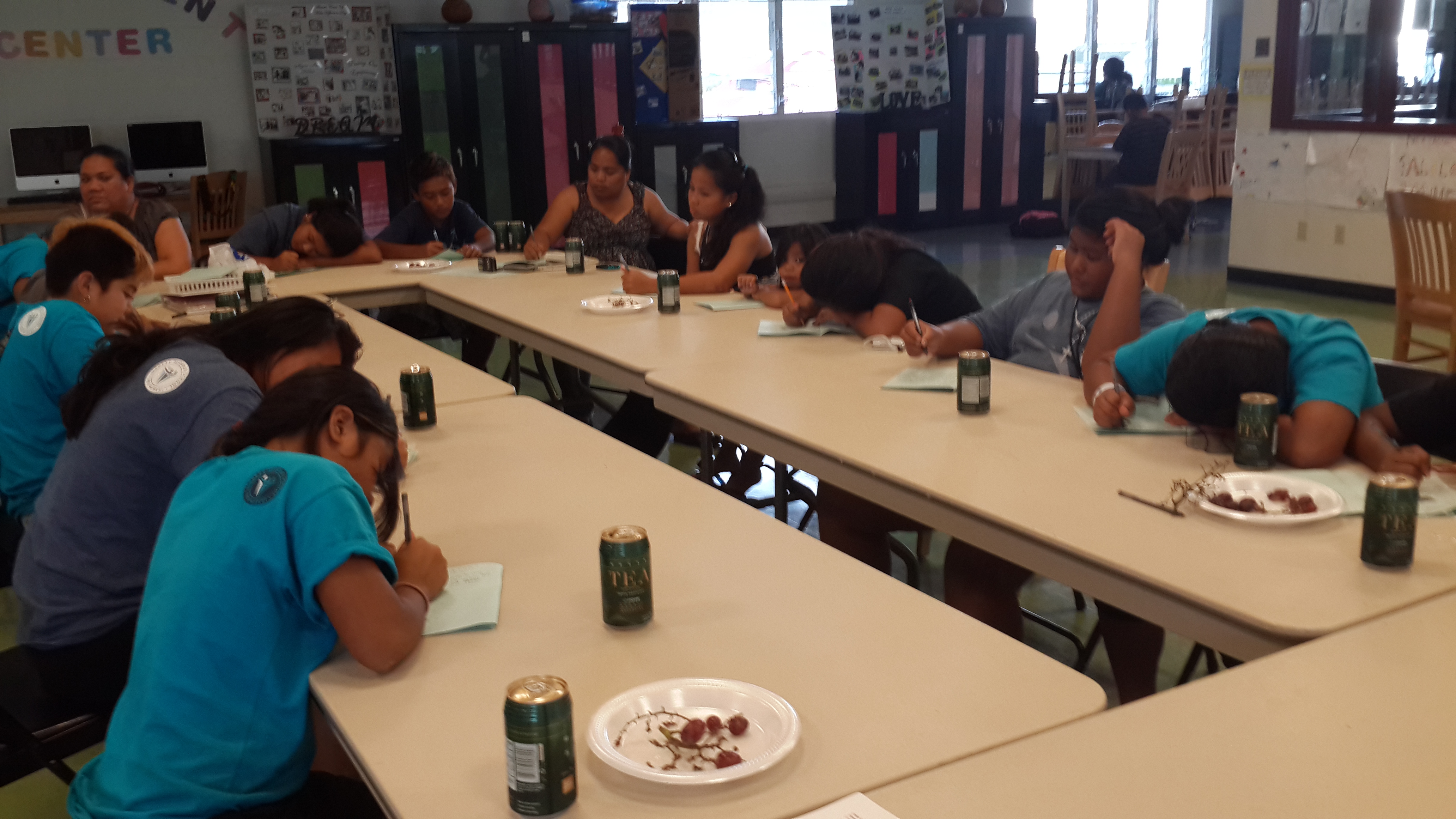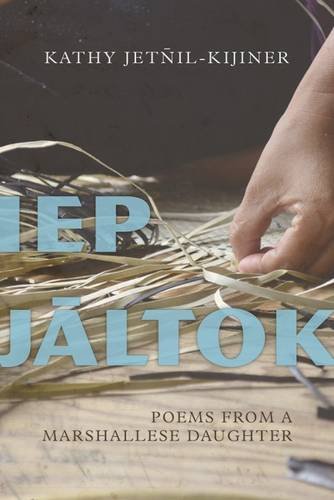Yesterday wrapped up the end of a weeklong workshop on photography and poetry at the Palolo Ohana Learning Center – a center which caters to the Palolo Housing community here in Honolulu – entitled “Capturing Waves of Change” (pretty cliche of a title but hey, I was cramming during the application).
The workshop was funded by a grant from the Office of Student Equity Excellence and Diversity (SEED). In our short description of the project, I had written:
“The student organization Micronesian Connections wishes to partner with Palolo Ohana Learning Center to present a 5 day workshop targeting students from the Palolo Housing community of Micronesian Descent. The workshop will teach the basics of photography and poetry and will encourage participants to tell their own stories through these mediums. The workshop will culminate in a gallery showing open to the public and their families to present their works.”
For the most part, the workshop was able to accomplish these goals. We spent two days where Leonard Leon, another fellow Marshallese UH Manoa student, taught the section on photography. Leonard has been involved before with the Ohana Learning Center and has a lot of experience with both photography and film. The first two days – Thursday and Friday – was a basic introduction to the camera and different things to be aware of when taking photos. On Saturday, we gave cameras to the kids and had the kids walk around the neighborhood taking photos of anything that interested them.
The last two days, Monday and Tuesday, focused on poetry, where Jason Mateo, co-founder of the spoken word organization Pacific Tongues, facilitated poetry workshops on the themes of acceptance and homeland. Pacific Tongues is an off-shoot of YouthSpeaks, but catered specifically to getting the spoken word medium to pacific communities.
Since I’ve started writing, I’ve wondered how I could get other islanders, and specifically other Micronesians and Marshallese, to write also. And not just write but also do art. I love writing and art – I think it has the capacity to heal our wounds, to build bridges, and to make real change. But how do you get this sort of medium into our islander culture? Especially when that culture doesn’t seem to place much value on art. How do you encourage these shy, quiet Micronesians out of their shells so they can speak up in front of others, and to say something profound, honest, and bold? Our culture generally expects our youth to listen, and not be heard, and that speaking up and being critical, especially amongst our elders, is rude and disrespectful. Now I’m not saying I disagree with these values at all – it’s how I was raised for the most part too. But I do think it’s important to have a space where kids feel comfortable expressing themselves – where they can process the world around them freely without judgement.
Some of the things the participants wrote about shocked me. Many wrote about death in their families – one about suicide. Another had a line in his writing where he said, “People from my homeland don’t have the right bodyparts, and that’s why they come to Hawaii.” To an outsider, and without context, that line might not mean much. But it was clear to me that he was alluding to how often Micronesians need to immigrate to Hawaii because of inadequate health care back home.
The workshop wasn’t perfect by any means – there was quite a bit of disorganization and last minute issues, inconsistent attendance of students, and the workshops themselves could do with a bit of tweaking. But I’m hoping to have more workshops like these specifically for the Palolo Ohana Learning Center. When I first stepped foot inside that center, and saw all these Micronesian kids on computers, running around with that same comb in their hair, their slippers, their fingers coated with kool-aid – it just felt like coming home. Like this is where I wanted to be.




ここからメッセージ繋がるかな~
最後会えなかったから( ;∀;)
今日はありがとうございました!
汽船リミットになってしまったので…
グレッグは無事に下船できたのかな?
また、陸で会いましょう!
kathy you inspire me!! – a chuukese girl living in missouri